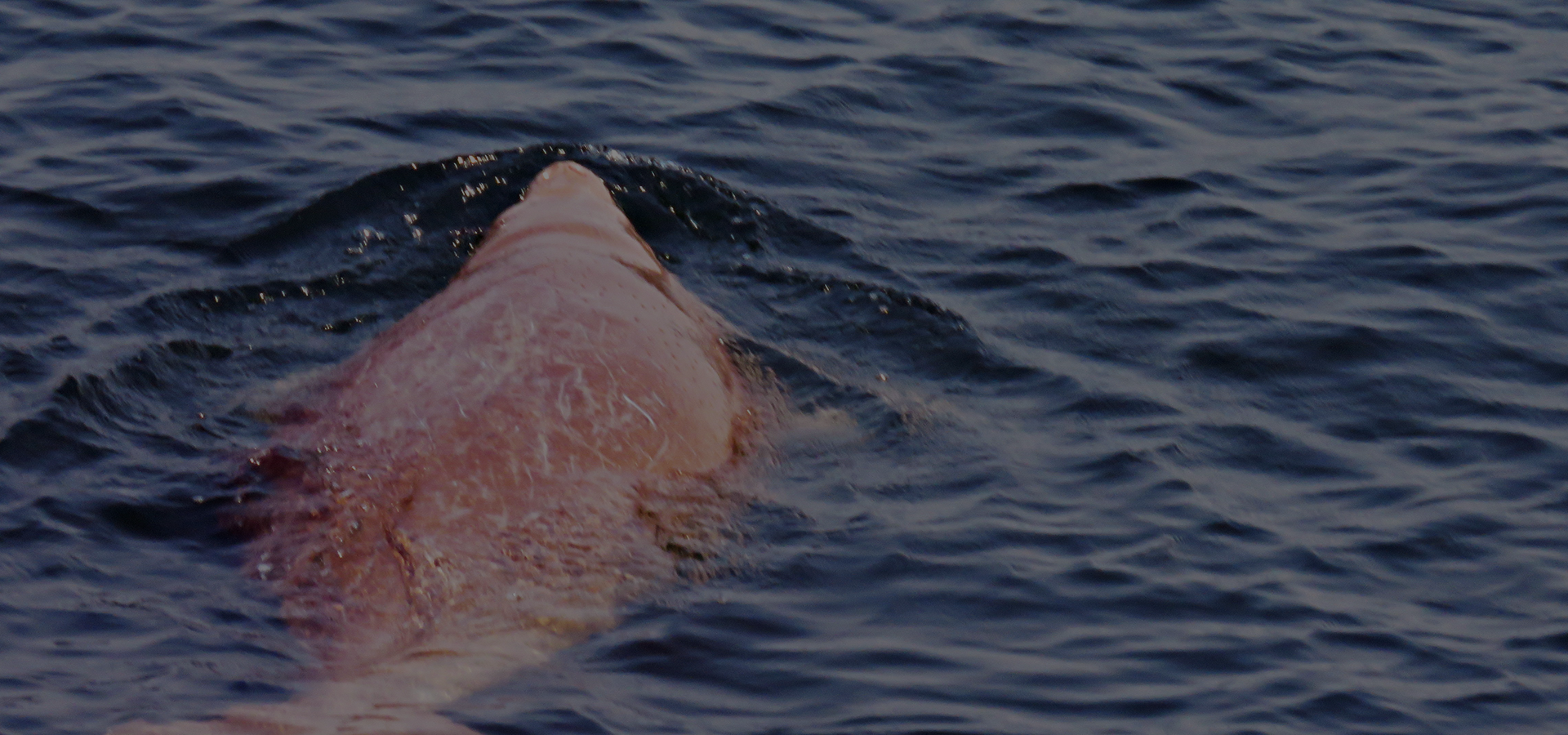Biodiversity Significance
Located in the world’s hottest and youngest sea on the planet, the Arabian Gulf has become an attraction hub for scientists, economists, energy experts and researchers from various fields due to the region’s interesting and challenging nature (Riegl & Purkis, 2012). Despite the harsh environmental conditions, countries including Bahrain host a variety of ecosystems such as coral reefs, mangroves, seagrass beds and sabkhas all of which are rich in biodiversity.
Despite being ranked as the third smallest nation in Asia, Bahrain is of significant international and regional importance due to many unique ecological arrays.
Bahrain is host to the largest aggregation of dugongs in the world and its islands are considered an important regionally important area as they host the largest aggregation of the Socotra cormorant (Phalacrocorax nigrogularis) colonies (Muzaffer et al., 2017). In addition, its waters foster many migratory species such as turtles, whale sharks and other species.
Natural & Cultural Heritage
Bahrain’s natural heritage is not only of rich historical value, but is also of high social, economic and ecological value. The island’s natural offerings, which ranges from the historical lush green palm grooves, which were supported by the abundant freshwater springs, to its pearling history have all contributed towards defining the island’s identity along with granting Bahrain its name today.
The word Bahrain literally translates to the words “two seas” referring to the rare mix of freshwater vents in the middle of the sea with the saltwater. The natural heritage of the country has enabled the civilizations that inhabited its islands to survive and thrive over the centuries witnessing its journey through the eras of Dilmun and Tylos leading to Awal followed by what is known today as Bahrain. Thanks to its natural environment, Bahrain has embraced multiple titles over time including; the island of a million palm trees, the garden of Eden in addition to the island of paradise and pearls all of which were seen documented in the epic of Gilgamesh, the land of immortality.
National Environmental Icons
Many of the island’s celebrated national environmental icons, such as the tree of life, Bahraini bulbul, Arabian reem gazelle and the Arabian oryx, were derived from the natural landscape all of which have influenced much of Bahrain’s natural history. Therefore, conserving Bahrain’s environment is an important part of preserving and conserving its cultural heritage. Economic benefits can also be reaped from Bahrain’s natural resources whereby traditionally prior to the discovery of oil, the country’s economy thrived on its marine resources mainly pearling and fishing followed by agriculture. As part of Bahrain’s journey towards sustainability, one of the national strategic goals is to revive the pearling industry as part of its economic diversification efforts.
Traditional Medicine
Part of Bahrain’s incredible natural heritage also lies within its indigenous knowledge of herbal and medical remedies. This knowledge is known to have been passed down from generation to generation successfully retaining this traditional practice, which is still alive today and evident in the local Hawaj shops. One of the most famous remedies widely produced and consumed by Bahrainis today to help treat abdominal pain is what is locally known as “Margadosh” commonly known as Marjoram (Origanum majorana).
Bahraini Sites Designated as areas of International Significance
The value of Bahrain’s natural heritage has been previously recognized on an international scale. For example, the United Nations Educational, Scientific and Cultural Organization (UNESCO) World Heritage Site program lists areas of special cultural, natural or physical significance around the world that have been identified as areas for preservation and conservation due to their outstanding value to humanity. In 2005, Qalat Al Bahrain, which is surrounded by stunning agricultural lands, was declared as Bahrain’s First UNESCO World Heritage Site.
In 2012, Bahrain was granted its Second World Heritage Site under the title “Pearling, a testimony of an island’s economy”. As described in the official inscription page, the site consists of seventeen buildings in Muharraq, three offshore oyster beds comprising of Najwat and Hayr Bul Thamah, Hayr Bu Amamah and Hayr Shtayyah in addition Bu Maher Fort and nearby seashore where the traditional pearling boats also known as “dhows” once set off. It is an outstanding example of traditional utilization of the sea’s resources and human interaction with the environment which has shaped both the economy and the cultural identity of the island’s society.
Furthermore, the Ramsar Convention on Wetlands of International Importance is an intergovernmental treaty that provides the framework for the conservation and wise use of wetlands and their resources. Wetlands are amongst the world’s most diverse and productive ecosystems that provide essential services and supply fresh water e.g. freshwater supply, food and building materials, biodiversity, flood control, groundwater recharge and climate change mitigation. Bahrain’s marine habitats include algal beds, coral reefs, seagrass beds, oyster beds, mangroves, mudflats, salt marshes and coastal dunes. Bahrain has two areas listed under the Ramsar convention (www.ramsar.org/wetlands/bahrain) namely Tubli Bay and Hawar Islands – Refer to the Protected Areas Section for more Information.
Information Sources and References
- Culturebah Dugong. (2022). Retrieved 20 April 2022, from https://www.instagram.com/p/CcVA30ZMoCI/?igshid=YmMyMTA2M2Y%3D
- Riegl B.M. and Purkis, S.J. (eds.) (2012), Coral Reefs of the Gulf: Adaptation to Climatic Extremes, Coral Reefs of the World 3, DOI 10.1007/978-94-007-3008-3_I. Springer 2012 pp.1-4.
- Muzaffar SB, Clarke C, Whelan R, Gubiani R, Cook TR (2017) Short distance directional migration in the threatened Socotra cormorant: link to primary productivity and implications for conservation. Mar Ecol Prog Ser 575:181-194. https://doi.org/10.3354/meps12209
- Centre, U. (2022). Qal’at al-Bahrain – Ancient Harbour and Capital of Dilmun. Retrieved 20 April 2022, from https://whc.unesco.org/en/list/1192
- Centre, U. (2022). Pearling, Testimony of an Island Economy. Retrieved 20 April 2022, from https://whc.unesco.org/en/list/1364
- Bahrain | Convention on Wetlands. (2022). Retrieved 20 April 2022, from https://www.ramsar.org/wetland/bahrain




